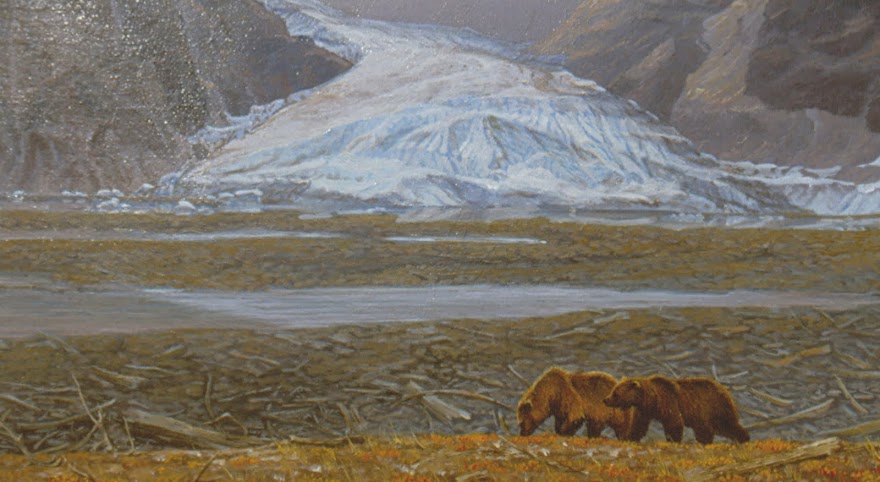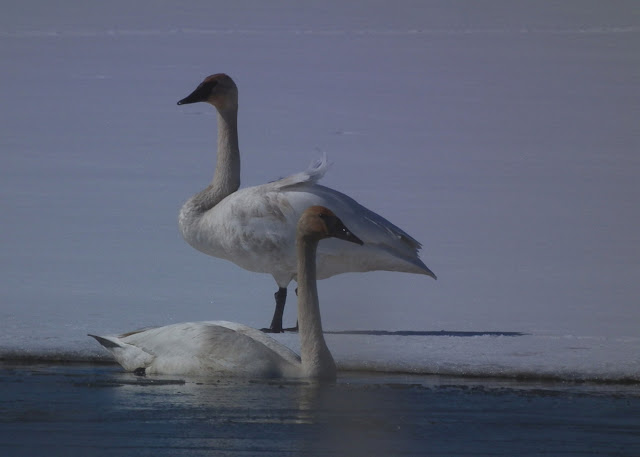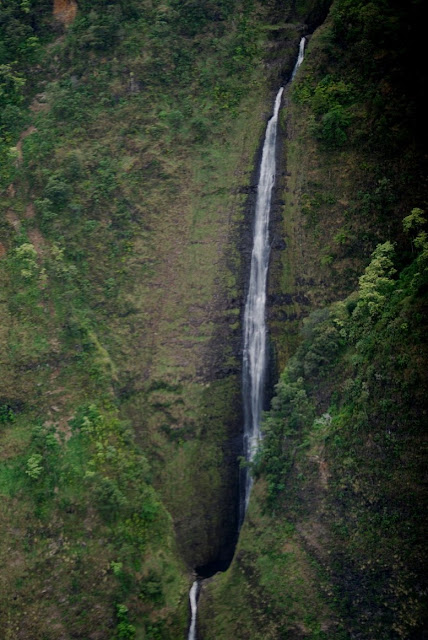These photos are just a random sampling of some of Dan Holayter's fine photographs of the Eagle River Valley near his home, with a few shots of waterfowl in Anchorage. The photo above is in the hills above Eagle River in the Fall with Winter already in the higher hills.
A scenic overview of the main part of the ER Valley. There is a road and homes on the left side of the valley, while the rest of it is genuine wilderness, full of bears, moose, and lots of other wildlife. High on the slopes there are Dall Sheep and Mountain Goats.
The view from the valley floor. I have spent a whole lot of time poking around these parts at all times of the year.
A young Black Bear that was chased up a tree in Dan's yard by the neighbor's dog.
A mama Moose and young calf in Dan's backyard. Yesterday I watched another Moose with a nearly independent calf saunter across one congested street in Anchorage, and down the center of another busy street with heavy traffic streaming past all around them. Then they casually began browsing on the bare vegetation just off the edge of the street.
The two Moose laid down to rest next to Dan's grandchildren's playground equipment.
Baby Moose are only cute for a few short months. Then they become gangly and awkward.
It's just a Mallard drake, but I like this portrait.
The hen Mallard is equally elegant.
Dan's portrait of one of the Trumpeter Swans at Spenard Crossing last April.
A parting shot of Turnagain Arm south of Anchorage in the Winter.












































